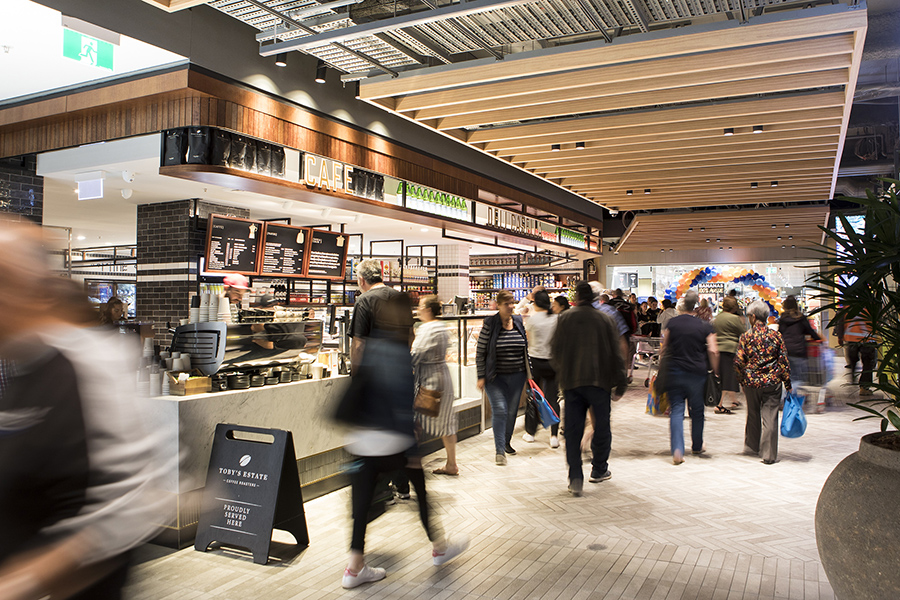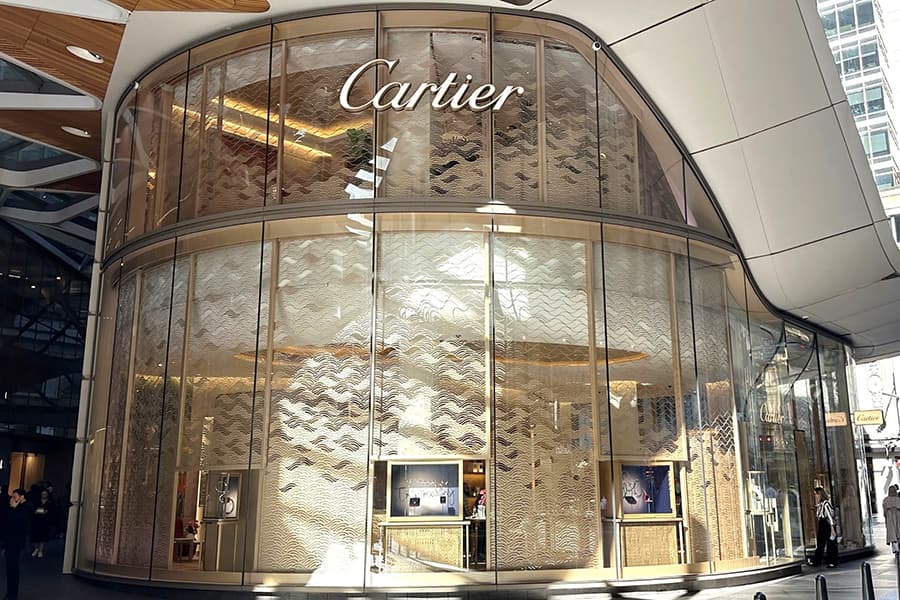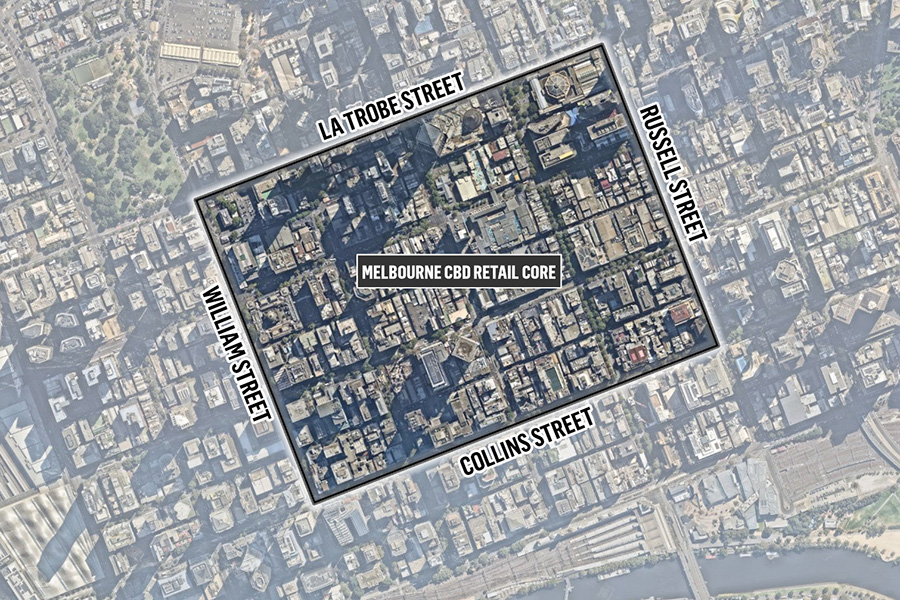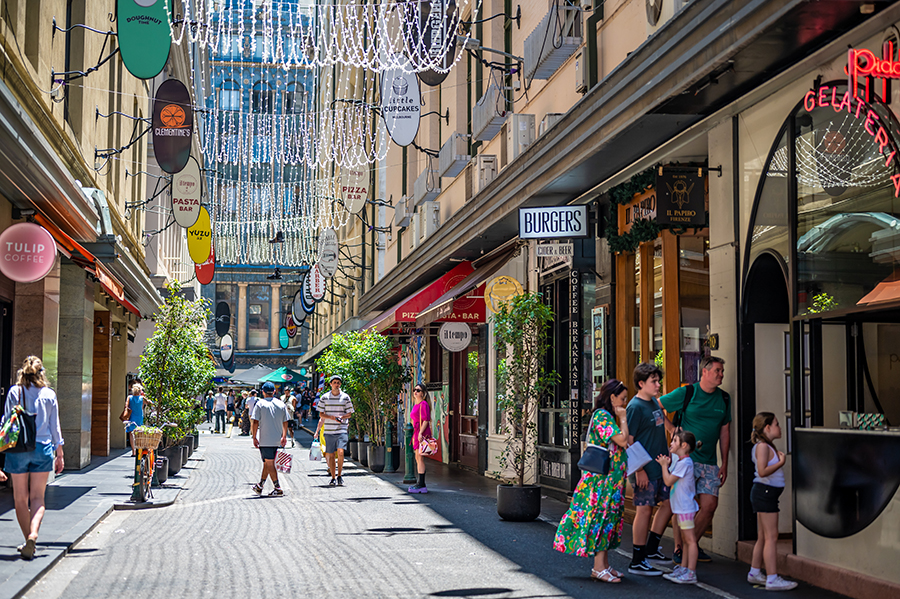Commissioned by the SCCA, Michael Baker examined the efficiency and performances of shopping centres in five western countries including Australia and the US. The Australians came out on top (something we’ve been saying for the past 20 years or so!)
A flying comparison of international shopping centre metrics can teach us some valuable things about ourselves, including how conditions in local markets affect productivity, occupancy costs and other performance measures.
How does the performance of Australian shopping centres sit in relation to their peers overseas? Are we good, bad or ugly, and is there even a good means of comparison? Is our market ‘fixed’ by dark forces or are competitive market forces pretty much working?
Many industry professionals don’t think too much or too deeply about the nitty-gritty of shopping centre performance in other places. Unfortunately, neither do those who are responsible for making public policy that affects retail. It’s an opportunity not to be missed because it can give us a better understanding of how local market forces affect performance outcomes. And that can lead to better decision-making at a corporate level and at every branch of government.
I was commissioned by the Shopping Centre Council of Australia (SCCA) to examine this subject and my study is, at least in part, an update to a similar cross-market study that I undertook in 2011.
For purposes of the study, a variety of data sources were drawn upon to compare key universal shopping centre metrics across five countries: Australia, Canada, New Zealand, United Kingdom and the US. I narrowed the analysis to regional shopping centres because it is a format common to all five countries and therefore lends itself to a ‘like-for-like’ comparison. My study set out to address two questions: do shopping centres perform differently across countries that have similar levels of development, similar cultures and the same retail brands? And if they do perform differently, why?
Among the performance indicators I compared across the five countries were:
• Retail sales and floorspace
• Shopping centre sales and floorspace
• Productivity of retail space, defined as sales per square metre (m2)
• Regional/Super Regional shopping centre floorspace and productivity
• Regional shopping centre occupancy costs.
Following is a summary of some of the findings.
Economic importance of retail
The retail industry’s contribution to total economic activity ranges from 17% in Australia and Canada to 24% in New Zealand. However, the US has easily the strongest retail sales per capita (A$16,259 in 2017), compared with an average of A$11,872 for the other four countries.
Higher disposable income and a consumption-driven culture in the US are contributing factors, but so too are trading hours. In the US they are mostly deregulated while in the UK, Australia and Canada trading hours are subject to regulation whose main rationale is to protect small shops. However, academic studies suggest that they have some nasty side-effects, specifically that they dampen retail spending, reduce employment, shift and compress the timing of purchases, and force consumers to pay higher prices during regulated hours. If they were aware of this kind of outcome, policy-makers who support trading hours regulation might think differently.
Productivity of floorspace
Australia has the most productive Regional shopping centres of the five countries with specialty tenants estimated to generate just over A$10,000 per m2 in 2017, excluding GST. This is 53% higher than in the US, where the same kind of shopping centres produce average sales per m2 of A$6,526.
The sales-generating power of Australian Regional shopping centres compared with their counterparts elsewhere – and particularly in the US – is due to a number of factors:
1. Competing retail floorspace: The US has substantially more retail floorspace than Australia outside of Regional shopping centres, which has a dilutive effect on the performance of the Regional centres themselves.
2. Supermarkets: In Australia, supermarkets are universal Regional shopping centre anchor tenants that typically drive more foot traffic than the traditional general merchandise department stores that anchor centres in the US and Canada.
3. Fresh food shops: These are a significant tenant cluster in Australian Regional centres that attract frequent customer visits all year round. In US Regional centres, food specialty space is fairly negligible by comparison.
4. Services: Australian Regional centres have significantly more space than US Regional centres allocated to personal services and food catering.
5. Store sizes: Average specialty store sizes are much bigger in the US than in Australia and the other three countries in the analysis. Within each merchandise category, there tends to be an inverse relationship between store size and sales per m2. Larger stores often have wider aisles and broader, deeper assortments with highly variable selling power, meaning that the less popular merchandise dilutes the productivity of the more popular.
Occupancy costs
Occupancy cost ratios are clearly lower in the US and Canada, and higher in the UK, Australia and New Zealand. Why is this?
The five countries fall into two categories: those with the relatively low occupancy cost ratios (the US and Canada) are associated with low rates of occupancy and high levels of retail supply per capita, while those with relatively higher occupancy cost ratios (Australia, New Zealand and the UK) are associated with high occupancy and relatively lower levels of retail supply per capita.
The relationship between occupancy cost ratios, occupancy and retail supply is intuitive: where there is a lot of competing retail space as in North America, demand for Regional centre space will be lower, vacancy will be higher and there will be downward pressure on occupancy costs. The reverse applies to the other three countries.
The key metrics involved in my analysis appear to be arrived at largely by market forces, but only after the initial conditions are set for the participants. These initial conditions vary greatly from country to country. They include disposable incomes, trading hours, planning regimes and labour costs – collectively, these conditions set the playing field for the retail property market.
What this means is that a cross-country comparison of retail and shopping centre metrics is always going to be difficult to interpret without an understanding of the native factors that drive the numbers in each country. Industry observers who make a genuine attempt to properly understand the differences in how the respective playing fields are set will gain deep insight into performance differences across countries. Regrettably, there is still a tendency of some observers – particularly among those who don’t operate from day to day in the shopping centre space – to see the numbers out of context (eg. the comparison of productivity and occupancy cost ratios between two countries in isolation from their respective domestic drivers). This can lead to misguided public pronouncements and bad policy-making.
My analysis suggests that Australia’s shopping centre operators and retailers appear overall to be responding normally and rationally to the forces acting on the retail market. Looking across all five countries, the amount of retail and shopping centre space in Australia is probably about right (although it will require ongoing adjustment over time), productivity is outstanding and occupancy costs approximately where the market suggests they should be. In comparison with outcomes elsewhere, the Australian industry should get pretty good marks even if it isn’t perfect. Then again, who is?





















